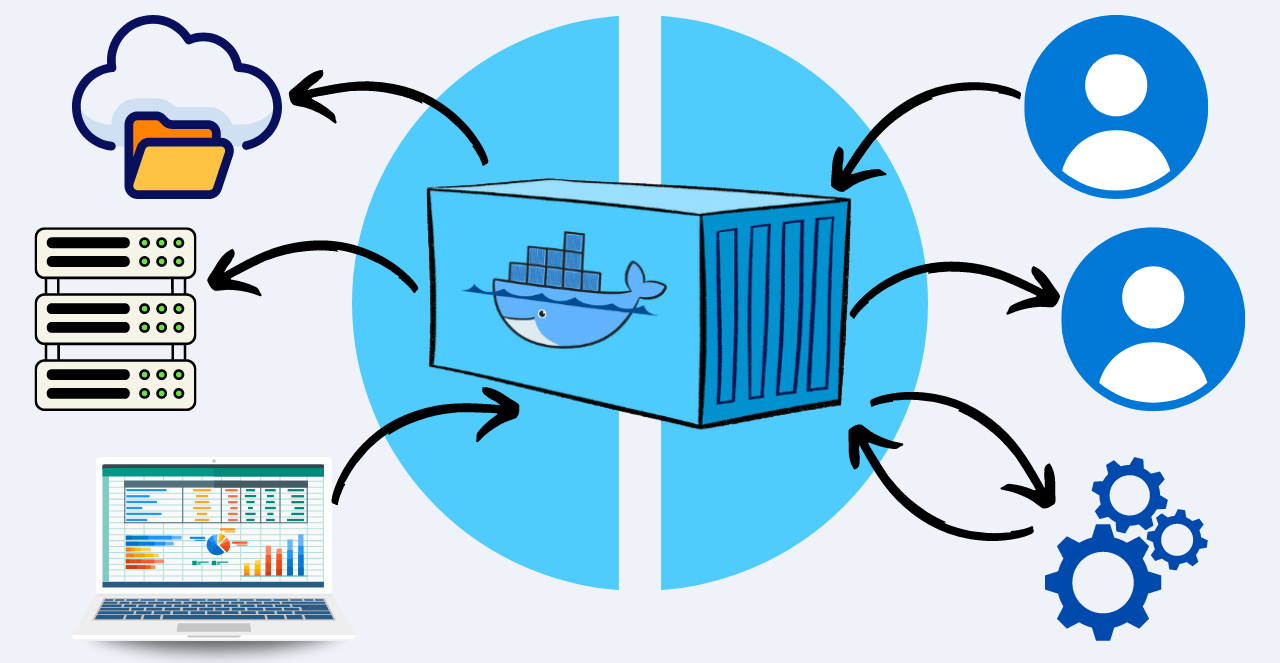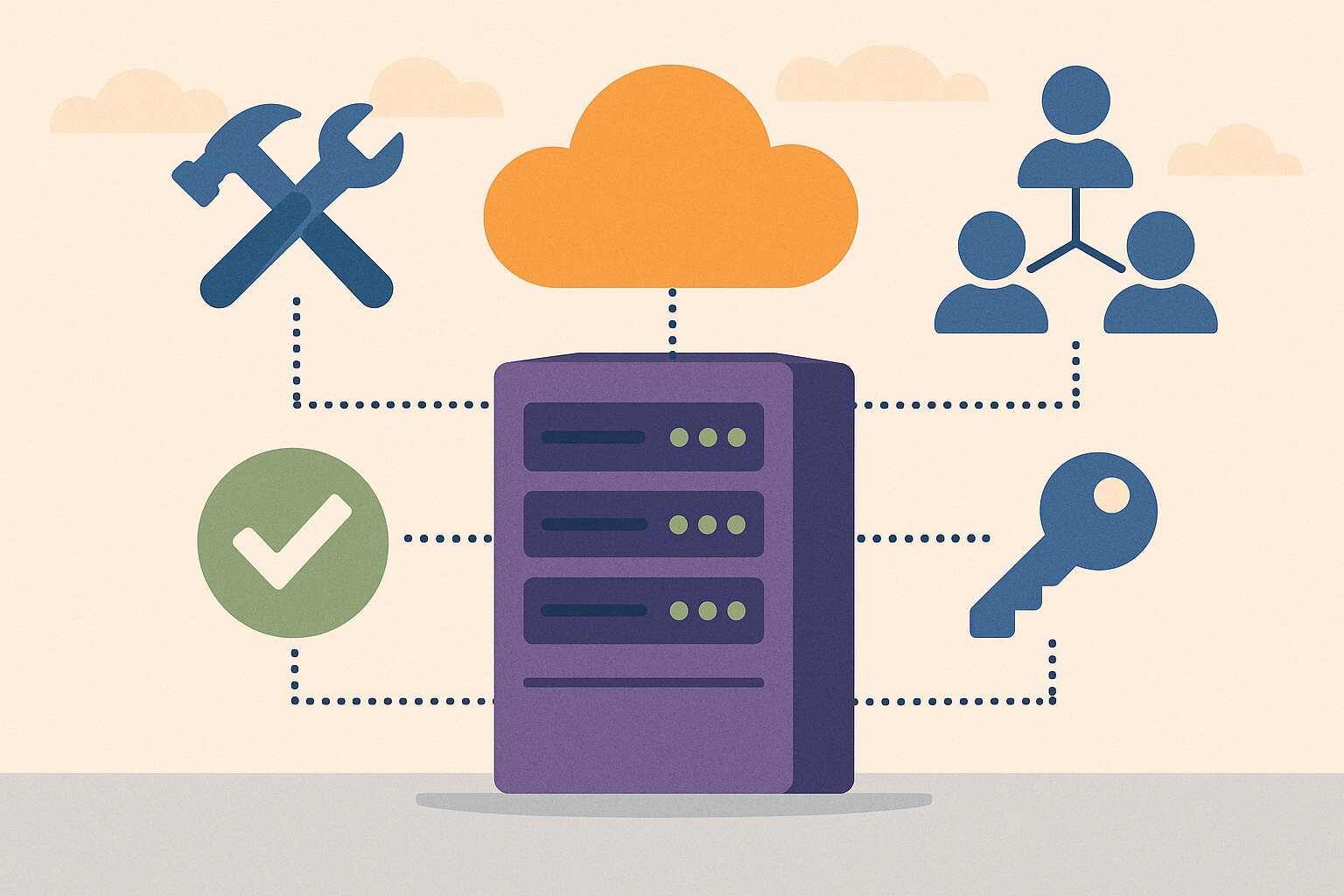Introducing Virtualization into Grid-Based Processing
Grid computing is known for leveraging multiple machines to accomplish large-scale tasks. In such a setup, flexibility and compatibility become essential. This is where virtualization—through virtual machines (VMs) and containers—plays a crucial role. Instead of relying solely on physical hardware, virtualization adds an abstraction layer that can be remotely managed and deployed.
Virtualization allows identical environments to be deployed across various segments of the grid seamlessly. For example, if a job requires a specific software setup, it’s no longer necessary to configure every physical node manually. A single virtual environment image can be deployed across the grid.
This approach offers streamlined workflows, consistent configurations, and faster task execution across vast computing environments.
How Virtual Machines Work in Grid Environments
A virtual machine is a complete operating system running within a host system. This means multiple OS environments can run on the same physical machine. In grid setups, this is highly valuable, especially in heterogeneous environments with varied system configurations.
Virtual machines can be cloned, saved, and restored at any point. If a job requires a specific setup, the VM can be instantly spun up on any node in the grid without repeating the setup process from scratch.
The flexibility of virtual machines ensures that jobs remain consistent and operable across diverse hardware and operating systems, improving reproducibility and control.
Using Containers for Lightweight Virtualization
While virtual machines offer full-system virtualization, containers present a lighter, more efficient alternative. Containers don’t require booting an entire OS; instead, they share the host system’s kernel while maintaining separate files, libraries, and dependencies.
In grid computing, container technologies like Docker have rapidly gained popularity due to smaller image sizes, faster deployment, and lower resource usage. When hundreds of tasks need execution across multiple nodes, containers drastically speed up rollout.
Managing updates and patches also becomes easier with containers, as there’s no need to update an entire OS. This lightweight nature makes them highly scalable and resource-efficient.
Comparing Virtual Machines and Containers in Grid Context
Both VMs and containers are essential tools, but each is suited to different scenarios. Virtual machines are preferable for environments requiring high security isolation or diverse OS requirements. Containers excel when speed and efficiency are the priorities.
For scientific simulations with complex dependencies and legacy software, VMs are often used for compatibility. Meanwhile, for modern data pipelines and microservice architectures within grid environments, containers are more frequently adopted.
Selecting the right tool depends on the workload type, data sensitivity, and the resource capacity of the grid infrastructure.
Orchestrating Multiple Containers and VMs in the Grid
When managing thousands of containers or VMs, manual handling is no longer feasible. Orchestration tools like Kubernetes are used in grid computing to determine where containers should run, when to deploy them, and how to monitor their performance.
For example, a data processing job split into 500 containers can be automatically distributed and executed in parallel using orchestration. If any container fails, the system restarts or replaces it automatically.
This level of automation is critical to maintaining system stability and reliability—especially in real-time, high-throughput environments.
Compatibility Challenges and Choosing the Right Environment
Grid infrastructures consist of diverse machines with varying brands, specifications, and sometimes even located across different countries. As a result, compatibility issues are inevitable, especially when environments differ significantly.
Standardized containers or pre-configured VM images provide consistent operating environments. Knowing that a job behaves the same way across all nodes reduces debugging time and integration failures.
In building large-scale grids, controlling the environment is as vital as having sufficient processing power.
Security Considerations in Virtualization
Security must never be overlooked in any distributed system. Virtual machines and containers carry inherent security risks. For instance, if a container is not properly scanned, it may carry malicious code.
Security tools are used to scan VM images and container builds before deployment. Additionally, continuous monitoring of virtual instances is necessary to detect anomalies or suspicious activity.
In grid computing—where hundreds of users and tasks may run concurrently—proper configuration and security measures are essential to prevent data leaks and unauthorized access.
Resource Allocation and Performance Tuning in Virtual Environments
Although virtualization offers flexibility, it also introduces resource overhead—particularly with VMs, which typically consume more memory and CPU than bare-metal operations. Therefore, careful resource allocation is essential.
Systems often utilize performance metrics such as CPU usage and memory availability to determine the best location to deploy a virtual instance. Containers can also be assigned resource limits to prevent overconsumption.
With proper tuning, bottlenecks are minimized, system performance is optimized, and idle time across the grid network is reduced.
Portability of Workloads Using Containers and VM Snapshots
One of the most significant advantages of virtualization in grid computing is its ability to provide seamless workload portability. When computational jobs need to be relocated between data centers or across different geographical nodes, there is no need to reconfigure or manually reconstruct the entire software environment. Instead, virtual machine snapshots or pre-built container images can be transferred and executed with minimal overhead, preserving the original system setup and dependencies.
This capability is especially crucial in global grid computing systems, where tasks are distributed across institutions, regions, or even continents. Portability facilitates faster collaboration by ensuring that software behaves consistently regardless of where it is deployed. With pre-configured images, deployment delays are minimized, reducing integration friction and ensuring continuity of work across diverse computing environments.
Efficient migration of workloads enhances the overall agility of grid infrastructures. It enables dynamic load balancing during peak times, simplifies disaster recovery processes, and supports long-running simulations or data-intensive projects that span multiple locations. In fast-paced, high-demand computational settings, such flexibility is key to maintaining operational momentum and responsiveness.
The Importance of Virtualization in Grid-Based Computing
Virtualization through virtual machines and containers has evolved from being a supplementary technology to becoming a core infrastructure element within grid computing. It plays a pivotal role in optimizing the deployment, execution, and management of workloads. Whether used to maintain consistent environments, enhance security protocols, or automate repetitive tasks, virtualization streamlines complex workflows and reduces the operational burden on system administrators.
The effectiveness of virtualization, however, depends on the careful selection of the appropriate solution. Each grid computing project may require a different level of isolation, resource allocation, or compatibility. By choosing between virtual machines for full-system emulation and containers for lightweight, fast deployment, organizations can tailor their infrastructure to meet specific computational goals. This customization leads to improved scalability and system efficiency, while maintaining high reliability.
As the scale and complexity of grid computing networks continue to grow, virtualization remains essential to sustaining performance and managing distributed resources effectively. It empowers researchers, engineers, and developers to handle larger workloads with greater ease, enabling a new level of flexibility and innovation in global computational efforts. The continued integration of virtualization technologies will be critical to the evolution and resilience of future grid systems.



